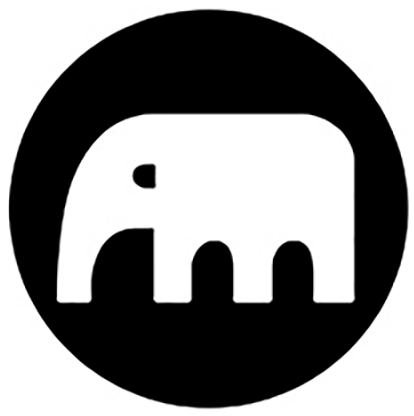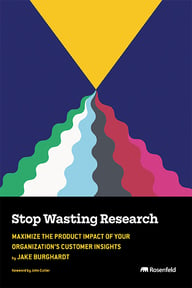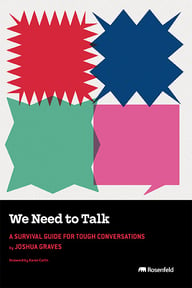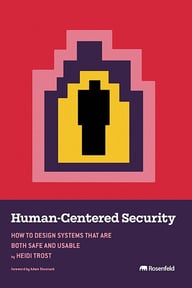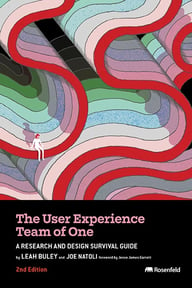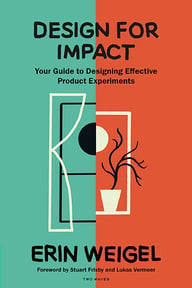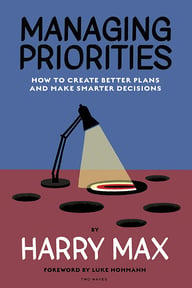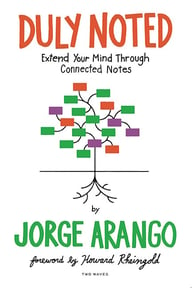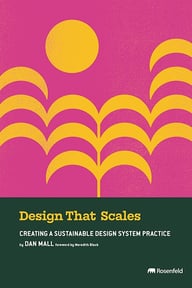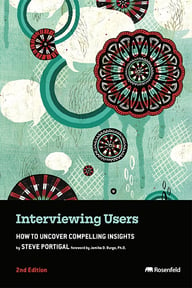Accessible only to conference ticket holders.
Log in Create account Buy conference recordings
For 90 days after a conference, only paid ticket holders can watch conference videos. After that, all Gold members have access.
If you have purchased recording access and cannot see the video, please contact support.
Summary
Imagine working at a large company where there is no single design organization. Instead, it feels like an archipelago of design islands. Some large islands with an organization of designers and researchers. Others are smaller islands of just one team. And even, UX teams of one floating on rafts in between. Without a map, those islands are only aware of their immediate surroundings. How can we bring the company wide design community of practice together if we don’t even know where to find each other? This was my experience when I did my first design community mapping project. In this talk, I’ll share how we ended up crowdsourcing our design community map, and how it became an invaluable resource for the internal design community of practice. I’ll compare the differences for visualizing and thinking about organizations with a traditional org chart compared to a community map. Further, I’ll share how I brought my cartography skills with me to a new company, where I felt lost without a map, and why this map is my most important DesignOps tool.
Key Insights
-
•
Traditional org charts and HR systems often fail to accurately represent who is on design teams due to outdated or incomplete data.
-
•
Mapping people as circles in a cohesive team layout fosters a stronger sense of belonging than lists or rectangles.
-
•
Crowdsourcing map updates within a design community increases map accuracy and reveals hidden teams or individuals.
-
•
Using component libraries in design tools allows scalable, easy updates to people maps and supports multiple visual models from the same data.
-
•
Maps help new hires orient themselves faster via 'map tours,' accelerating network-building and onboarding.
-
•
People maps create a shared mental model of design teams across the company, aiding cross-team understanding and collaboration.
-
•
Duplicating maps for different use cases enables answering operational questions such as identifying domain experts or assessing org health.
-
•
Ops-managed maps ensure ongoing accuracy when design ops leads actively maintain them, balancing against purely crowdsourced approaches.
-
•
Design ops cartography is a superpower that lifts the fog of organizational complexity, turning hidden knowledge into shared understanding.
-
•
Flexible visual metaphors (circles, rectangles) combined with auto-layout improve efficiency and clarity in visualizing teams and projects.
Notable Quotes
"Who works here anyways? I knew about immediate teams but beyond that, it was a fog."
"Representing a person as a circle feels more right—like we’re all equidistant at the same table."
"I call this an anti org chart because it’s organic, messy, and structures emerge rather than imposed."
"Crowdsourcing the map meant anyone in our community practice could edit, and it worked beautifully."
"These islands of design were close together or far away; our map brought them all closer."
"Publishing a component library means anyone can update titles or roles, and it updates everywhere at once."
"Map tours are my favorite thing—taking a new hire on a guided walk of the entire community."
"Duplicating the map lets me answer ops questions like who are our UX domain experts or how design ops is structured."
"Starting a new job with no map felt lost; so I built a new map as my BYO orientation."
"When we don’t have the people modeling we need, we have to make it ourselves to lift the fog."
Or choose a question:







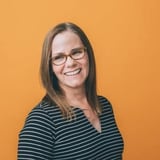








More Videos

"VOC wasn’t a replacement for user research, but an enhancer that captured nuggets researchers might miss during discovery."
Shipra KayanHow we Built a VoC (Voice of the Customer) Practice at Upwork from the Ground Up
September 30, 2021

"Usability testing may be automated, but generative research—the deep understanding of humans—is unlikely to be replaced."
Erin MaloneUnderstanding the past to prepare for the future
July 19, 2024

"If you’re afraid of failure, that’s okay. With experimentation, you’re going to fail—but in little tiny ways that don’t really matter."
Alissa BriggsHow to Coach Enterprise Experimentation
May 14, 2015

"OKRs can sometimes suck the oxygen out of the room if they focus only on bottom-line results, missing process and experience."
Bria Alexander Benson Low Natalya Pemberton Stephanie GoldthorpeOKRs—Helpful or Harmful?
January 20, 2022

"Breaking research down to simple plans, like a clear list of questions, helps demystify the process for new researchers."
Ned Dwyer Emily Stewart James WallisThe Intersection of Design and ResearchOps
September 24, 2024

"I can’t work 24 hours a day; efficiency and empowering others to do some research is how I stay effective."
Clemens Janssen Jane DavisEfficiently Scaling Research as a Team of One
March 28, 2023

"People’s ability to cope with information complexity isn’t increasing exponentially, so we need to find the perfect innovation space."
Kelly GotoEmotion Economy: Ethnography as Corporate Strategy
May 13, 2015

"As you touch a human soul, be just another human soul."
Lin NieWhen Thought-worlds Collide: Collaborating Between Research and Practice
March 10, 2021

"If we practice transformation as a way of life, it’s easier to practice it in our research work."
Victor UdoewaTheme One Intro
March 27, 2023
